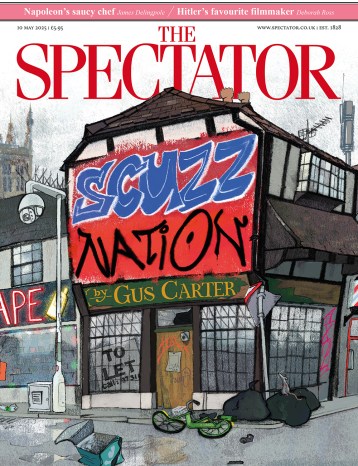The human eye is an amazing mechanism, but its vision is limited. We can’t see behind us, we can’t see much to the side, and in front — unless we’re desert tribesmen or Eskimos — our view is almost always obstructed by something. So some of what we see is actually ‘seen’, the rest is extrapolated from experience.

Disagree with half of it, enjoy reading all of it
TRY A MONTH FREE
Our magazine articles are for subscribers only. Try a month of Britain’s best writing, absolutely free.
Already a subscriber? Log in





Comments
Join the debate, free for a month
Be part of the conversation with other Spectator readers by getting your first month free.
UNLOCK ACCESS Try a month freeAlready a subscriber? Log in